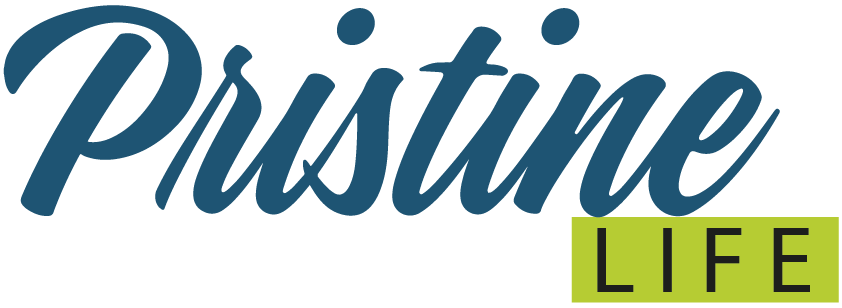Many women experience some degree of urinary incontinence during pregnancy. The woman’s age during pregnancy and weight gained during pregnancy are also factors that could increase the risk. In some cases, incontinence can continue after pregnancy and childbirth.
During pregnancy, due to the increase in the size of the uterus, a lot more pressure is placed on the bladder and pelvic floor muscles, which can cause them to weaken. As the body prepares for birth the hip joints loosen, the cervix stretches, and as the baby passes through the vaginal canal, the pelvic muscles, bones, and ligaments also stretch. All of these changes means that the pelvic muscles may weaken and be unable to contract in order to hold or stop urine leakage. A lot of pregnant women experience leaks while lifting something heavy, sneezing, laughing, or exercising.
It is common for many women to experience urinary incontinence after a vaginal child birth. The process of child birth is stressful to the pelvic region and the vaginal muscles of a woman. It might take some time post the baby’s birth to regain control over the vaginal muscles. Postpartum incontinence is also known as stress incontinence as leakage occurs when the bladder is stressed. It is actually very common condition affecting a lot of women. Kegel exercises are known to help reverse the condition faster.
Managing and Treating Postpartum Incontinence
- Incontinence underwear for pregnant women are discreet and can help hold light leaks. You can buy them Click here
- Kegel exercises on a daily basis to strengthen pelvic muscles. Kegel exercise is done by flexing pelvic muscles (the ones used to stop urine midstream), contracting them and holding for about 10 seconds. Doing this multiple times a day helps regain control of the weakened muscles.
- Using the restroom every two to three hours to empty the bladder will help too.
- Lifestyles changes like eating healthy, drinking lots of water and losing extra weight will help reverse the condition sooner.
